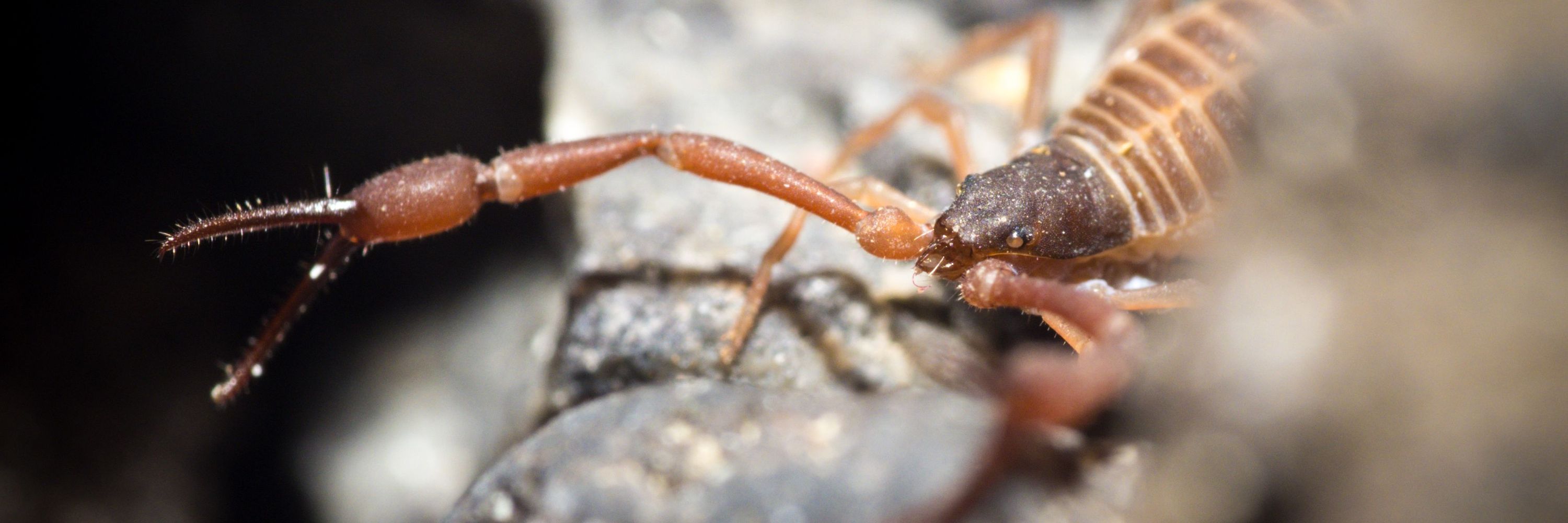
link.springer.com/article/10.1...

link.springer.com/article/10.1...



The unique challenges and rewards of island conservation🦎
This theme highlights the importance of protecting island biodiversity, which is particularly vulnerable to extinction🦇🌋
You can read our new Island Conservation issue (🔓fully Open Access) here:
www.cambridge.org/core/journal...

The unique challenges and rewards of island conservation🦎
This theme highlights the importance of protecting island biodiversity, which is particularly vulnerable to extinction🦇🌋
You can read our new Island Conservation issue (🔓fully Open Access) here:
www.cambridge.org/core/journal...

Invasive insect colonisation shapes population distribution of island-#endemic scaly #cricket
doi.org/10.1111/icad.70013
@manusaunders.bsky.social
Photo: Ascension Island scaly cricket (Discophallus ascension); credit: A. Sharp


Invasive insect colonisation shapes population distribution of island-#endemic scaly #cricket
doi.org/10.1111/icad.70013
@manusaunders.bsky.social
Photo: Ascension Island scaly cricket (Discophallus ascension); credit: A. Sharp
When is habitat specialism not really habitat specialism? One weird island-endemic cricket species seems to be confined to young lava flows by invasive species, not ecological preference.
This analysis informed two new protected areas 💪
doi.org/10.1111/icad...

When is habitat specialism not really habitat specialism? One weird island-endemic cricket species seems to be confined to young lava flows by invasive species, not ecological preference.
This analysis informed two new protected areas 💪
doi.org/10.1111/icad...
This is already leading to substantial losses in arthropod function in primary forests across the tropics.
rdcu.be/ezAxP
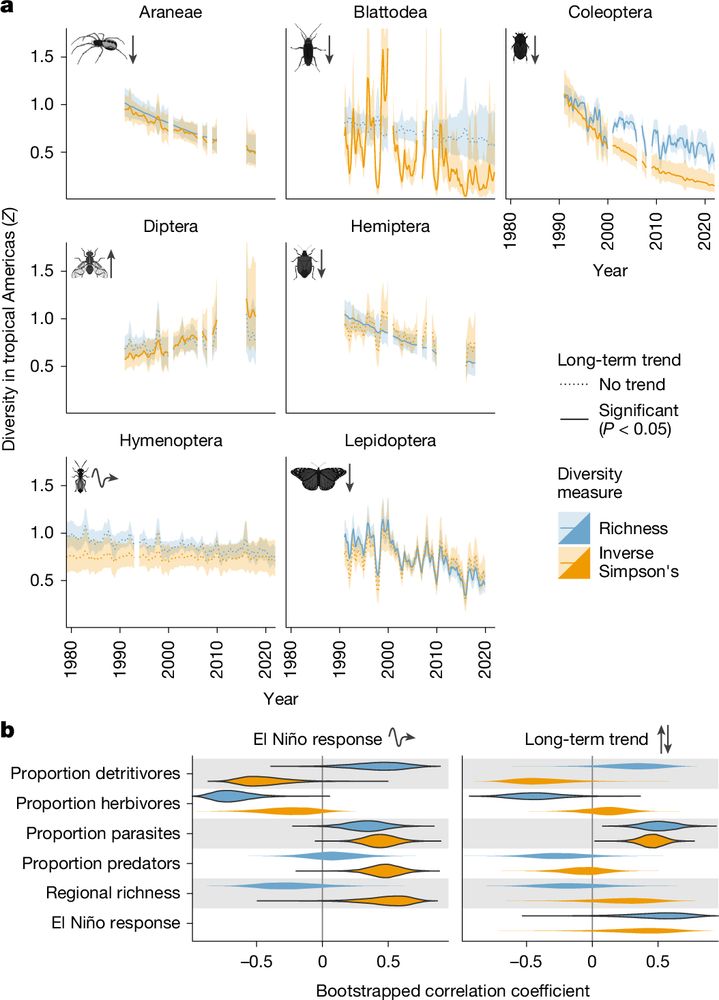
This is already leading to substantial losses in arthropod function in primary forests across the tropics.
rdcu.be/ezAxP
doi.org/10.1111/btp....

doi.org/10.1111/btp....
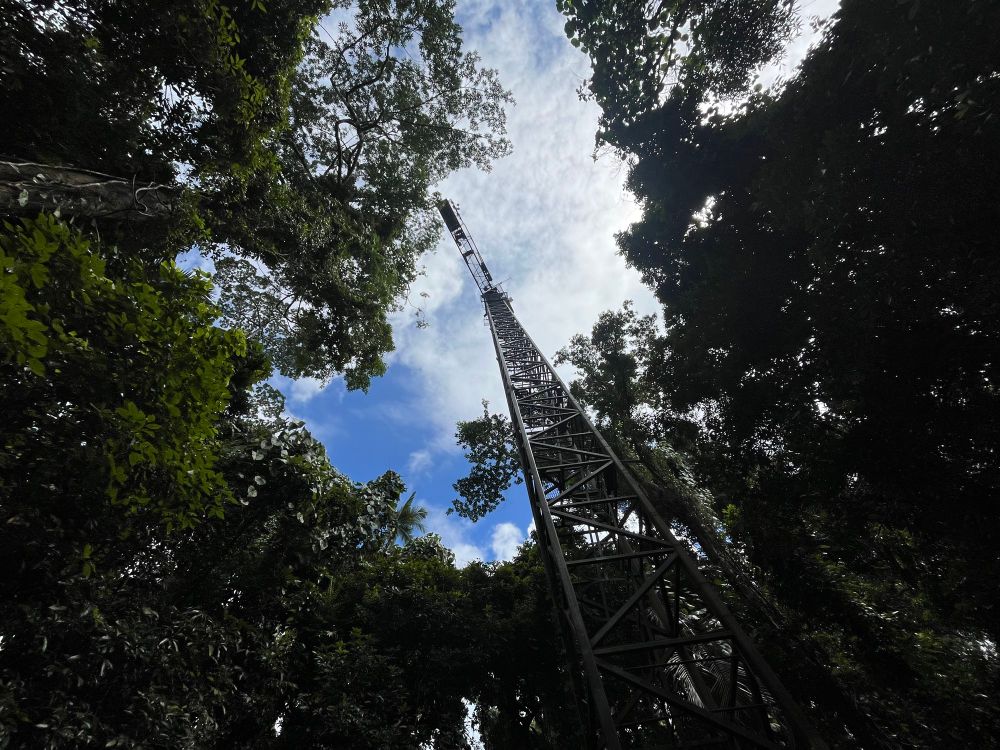
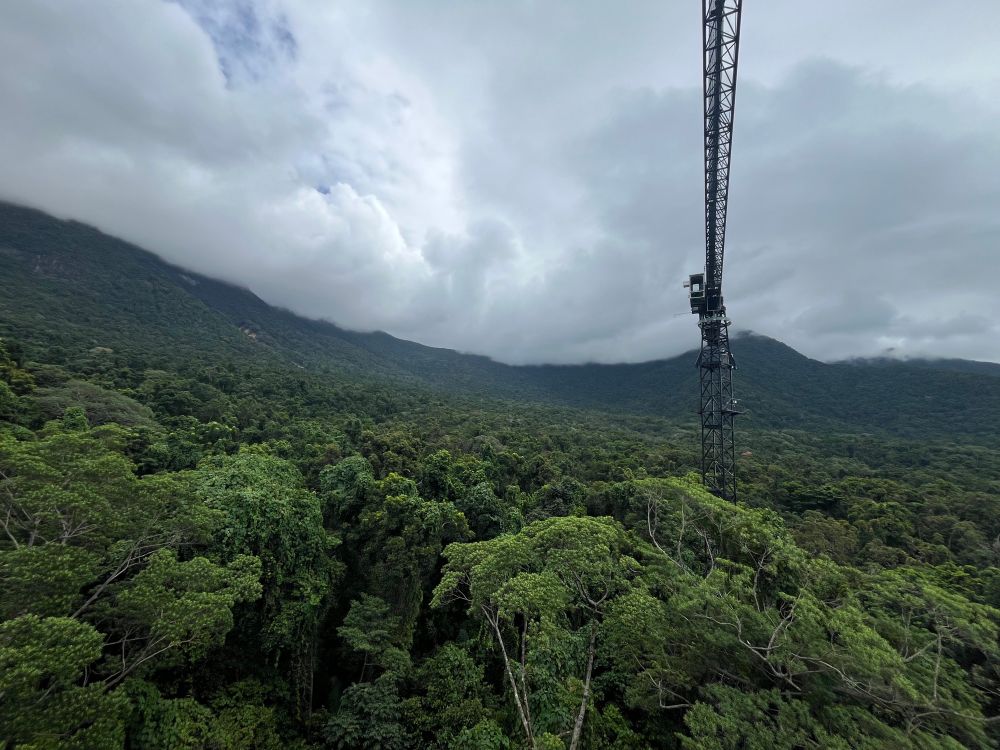
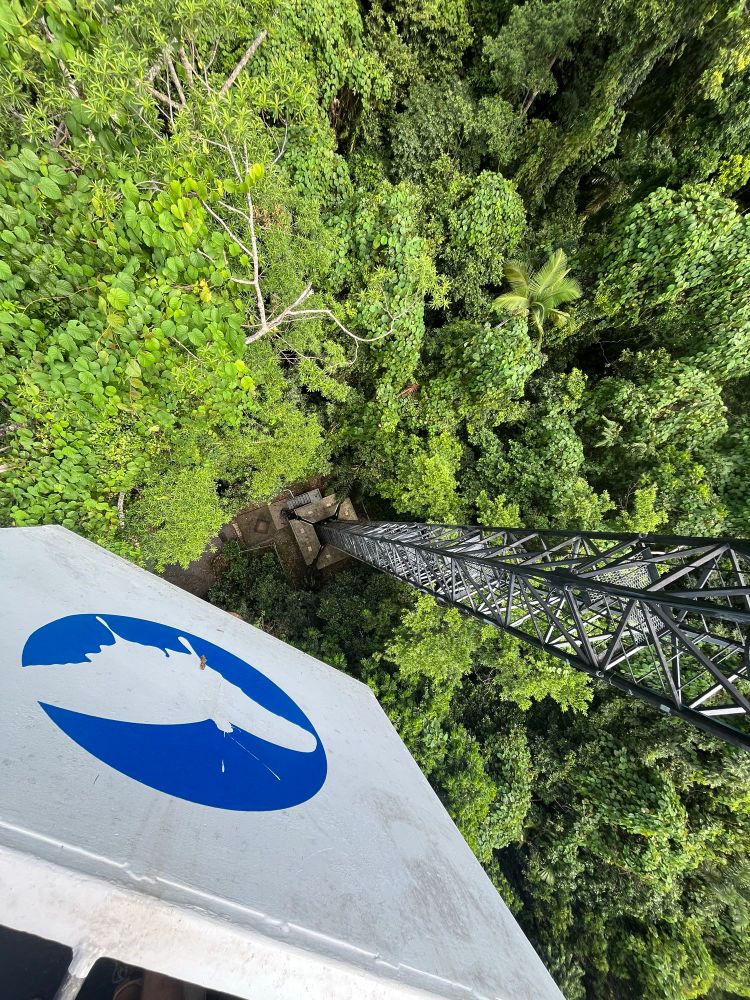
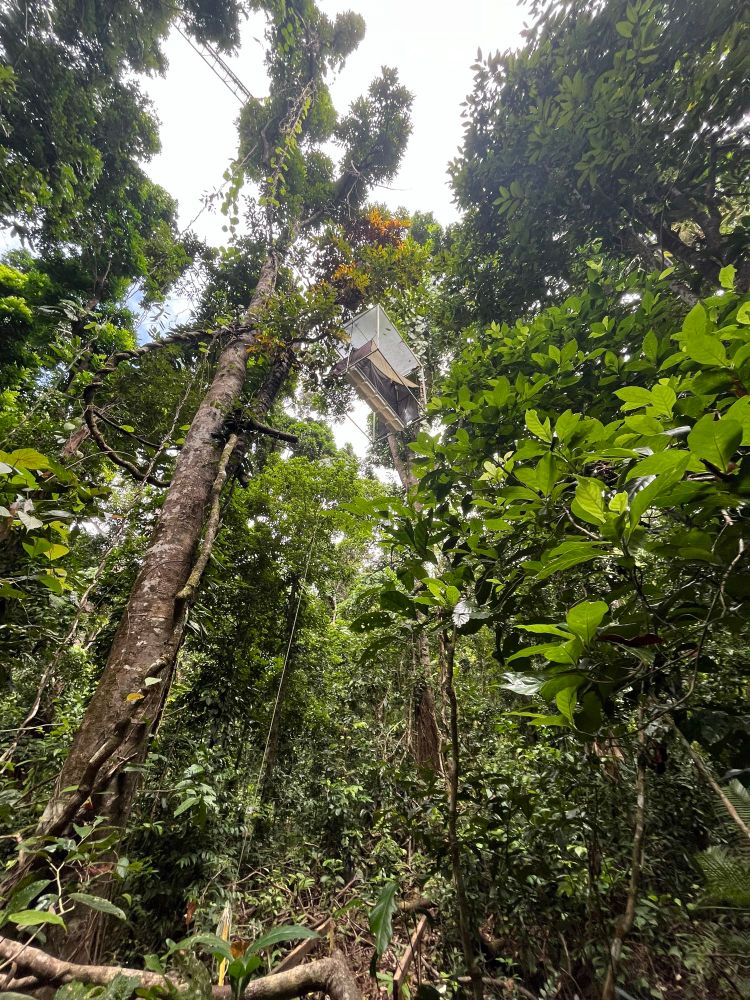

doi.org/10.1017/S003...
doi.org/10.1017/S003...
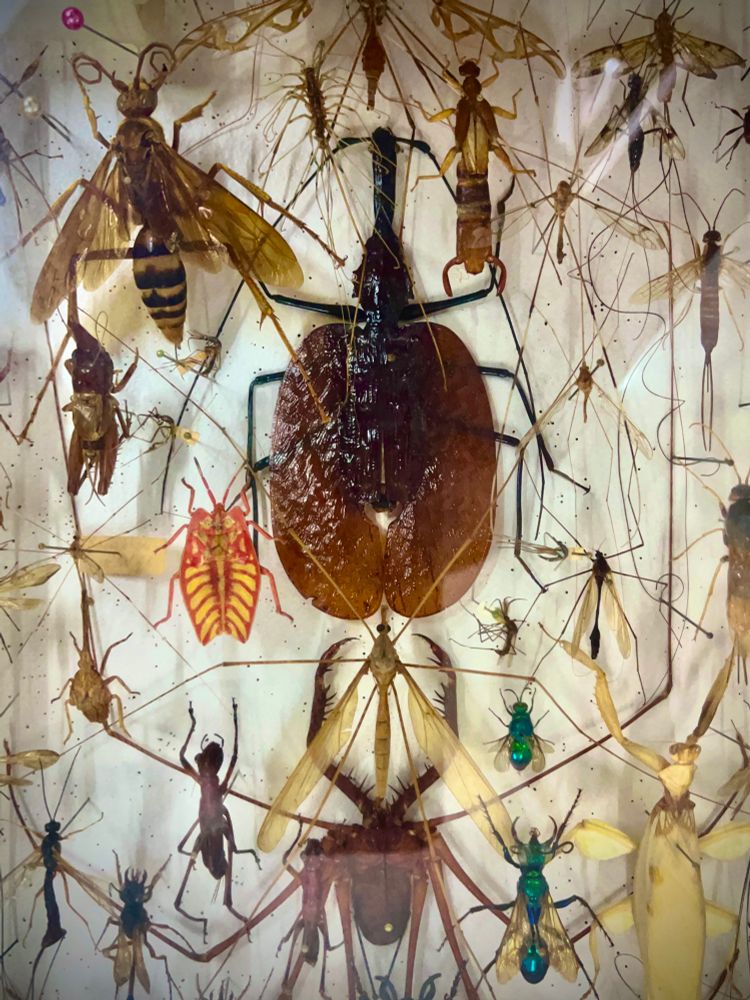
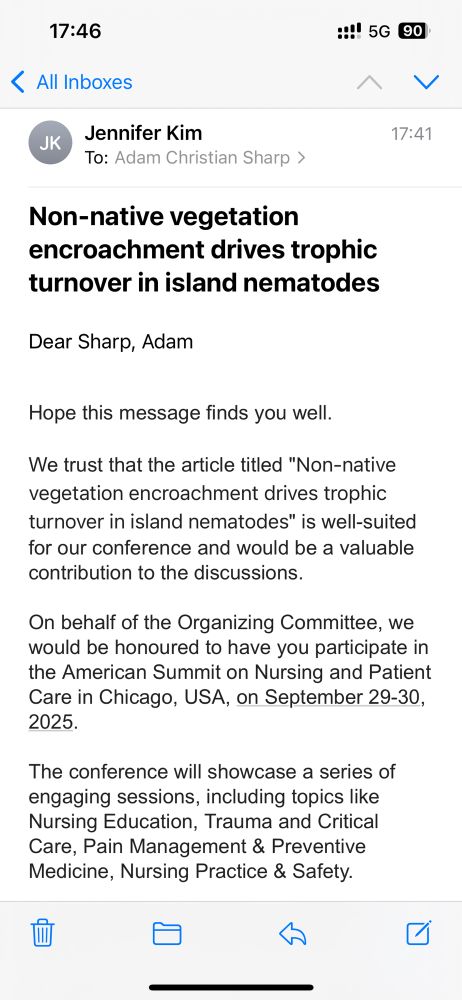
We found near perfect turnover in trophic group along a vegetation/elevation gradient. We also warn that root-parasitic nematodes seem to spread with non-native vegetation.
dx.doi.org/10.1007/s105...

We found near perfect turnover in trophic group along a vegetation/elevation gradient. We also warn that root-parasitic nematodes seem to spread with non-native vegetation.
dx.doi.org/10.1007/s105...
backflip barfer
red biting shitter
grampa gothster
Minifuzzywuzzy
bulging turd
Taxonomists take note please.
doi.org/10.1073/pnas...
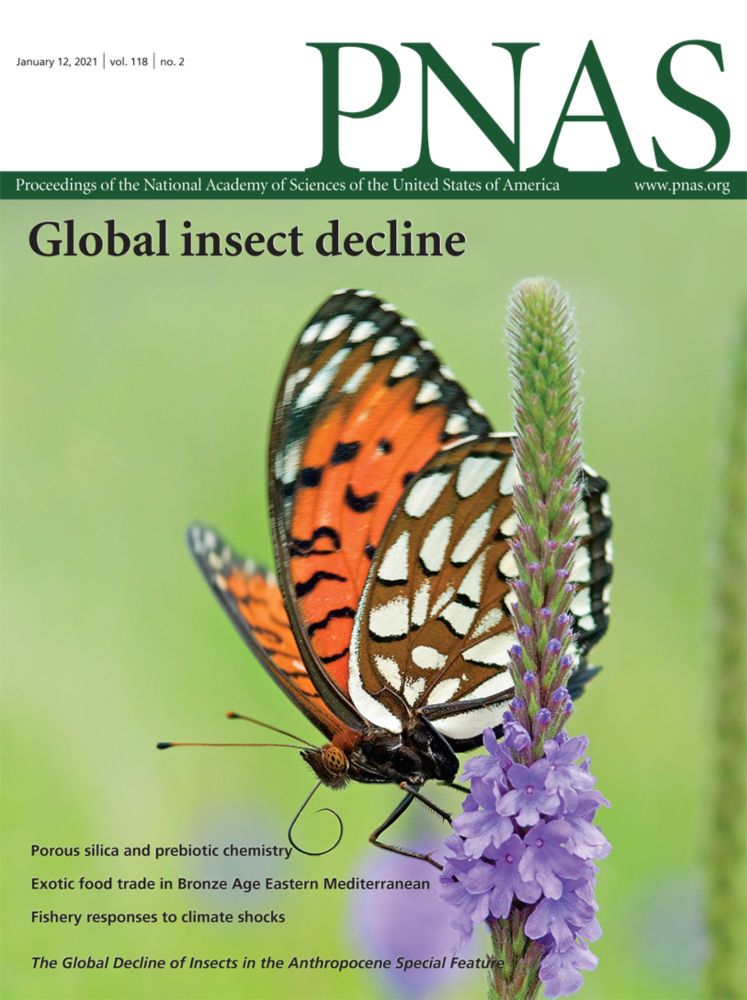
backflip barfer
red biting shitter
grampa gothster
Minifuzzywuzzy
bulging turd
Taxonomists take note please.
doi.org/10.1073/pnas...
'Tis the season to Ö̴̢̯̲́B̸̰̠̈̌Ȩ̴̞̳̑Y̴̳͐͗ ̴͙̭́T̷̟͖̺͌͠Ḩ̷̩̝͛Ȩ̶̠̉̓͝ ̸̲͇̝͆̓F̴̟̜͋U̷̘̐̃̈́N̸͉̟̈́Ǧ̸̡̖̀U̵̥̾Ś̴̜̳̅͐ 🧟🎄
(A weevil succumbed to Cordyceps "zombie" fungus in Honduras, 2013)
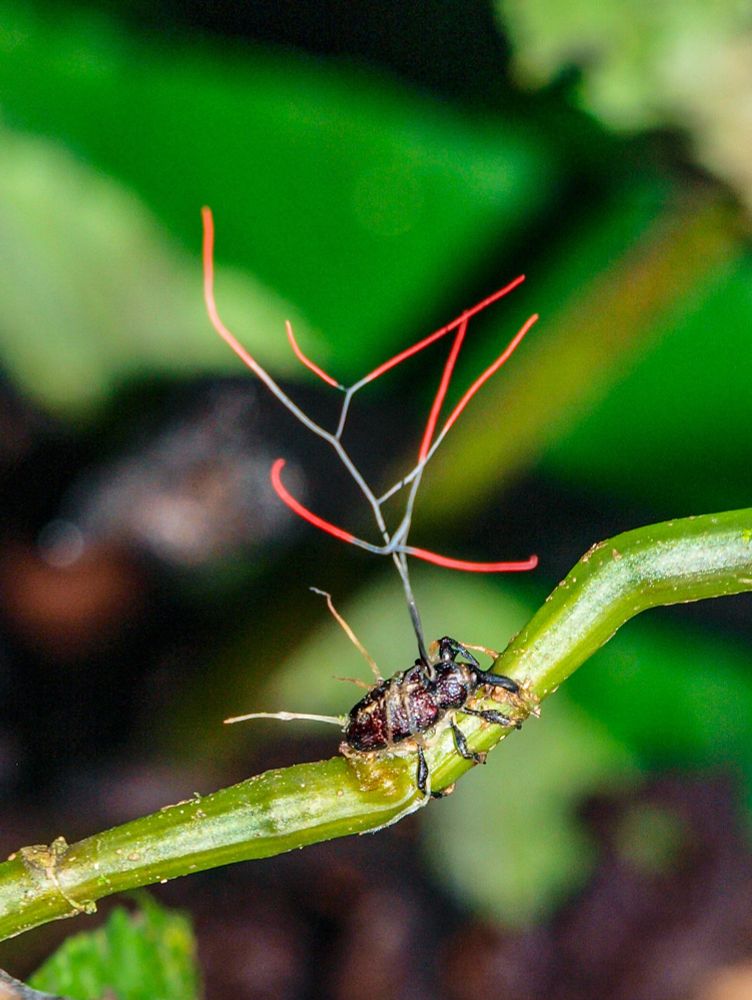
'Tis the season to Ö̴̢̯̲́B̸̰̠̈̌Ȩ̴̞̳̑Y̴̳͐͗ ̴͙̭́T̷̟͖̺͌͠Ḩ̷̩̝͛Ȩ̶̠̉̓͝ ̸̲͇̝͆̓F̴̟̜͋U̷̘̐̃̈́N̸͉̟̈́Ǧ̸̡̖̀U̵̥̾Ś̴̜̳̅͐ 🧟🎄
(A weevil succumbed to Cordyceps "zombie" fungus in Honduras, 2013)
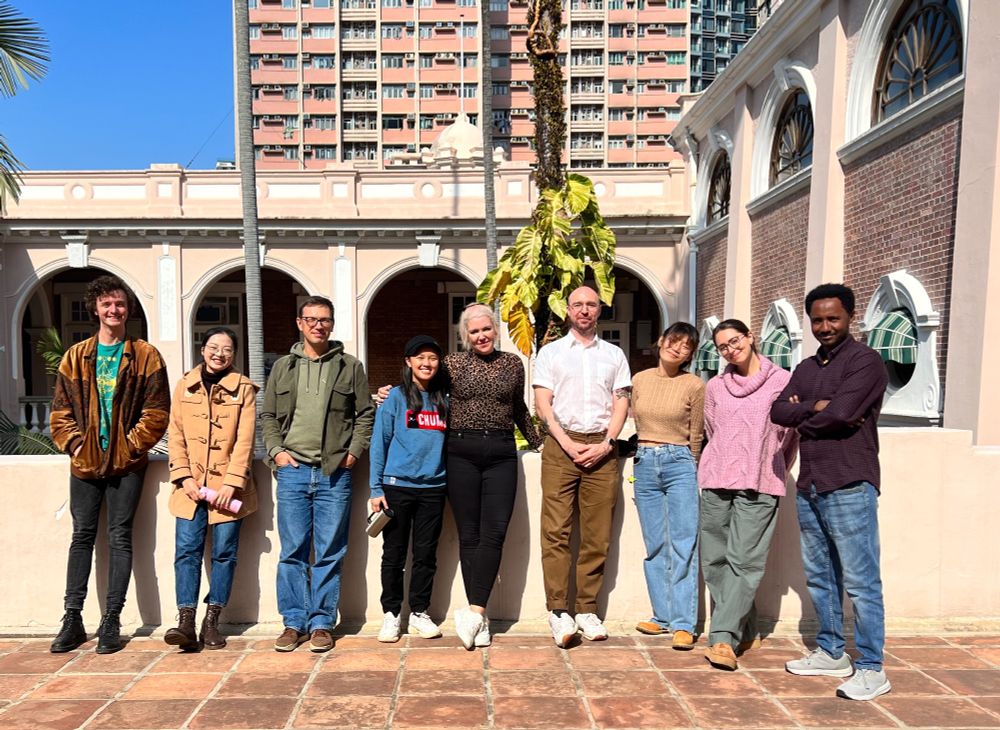
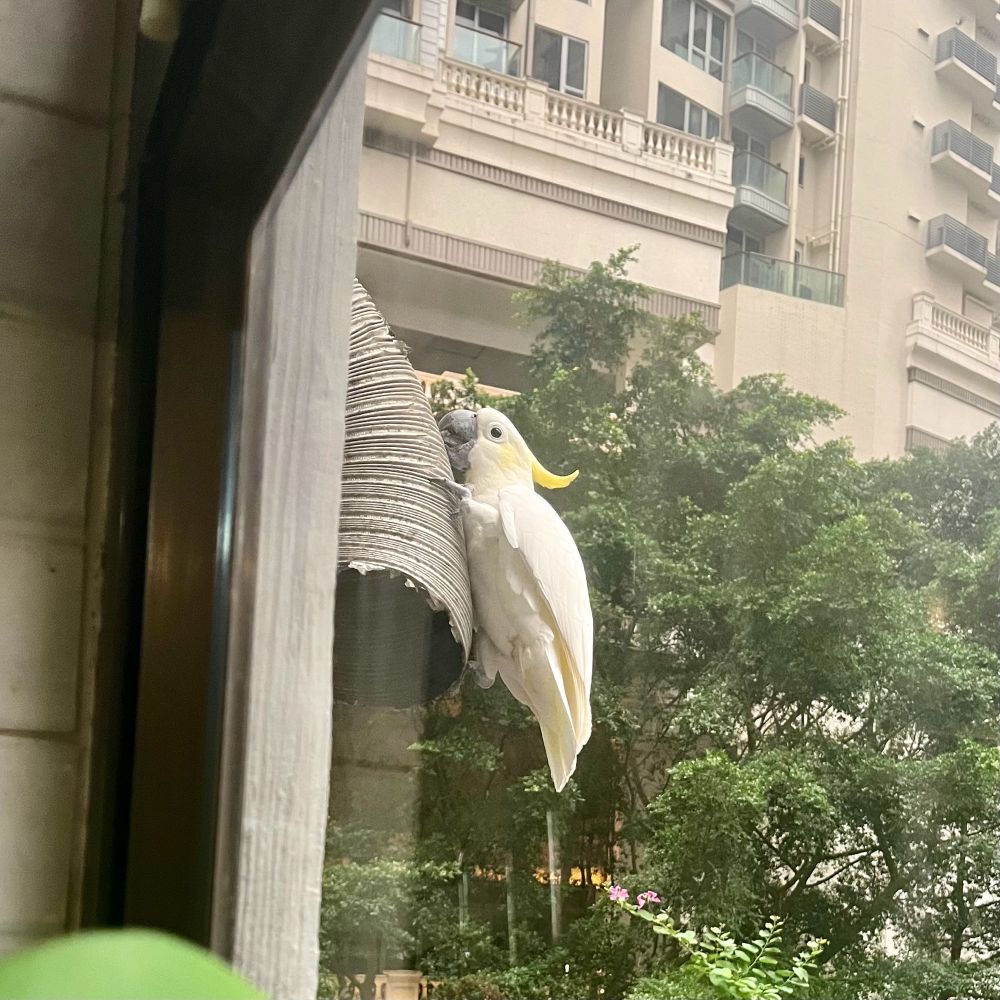
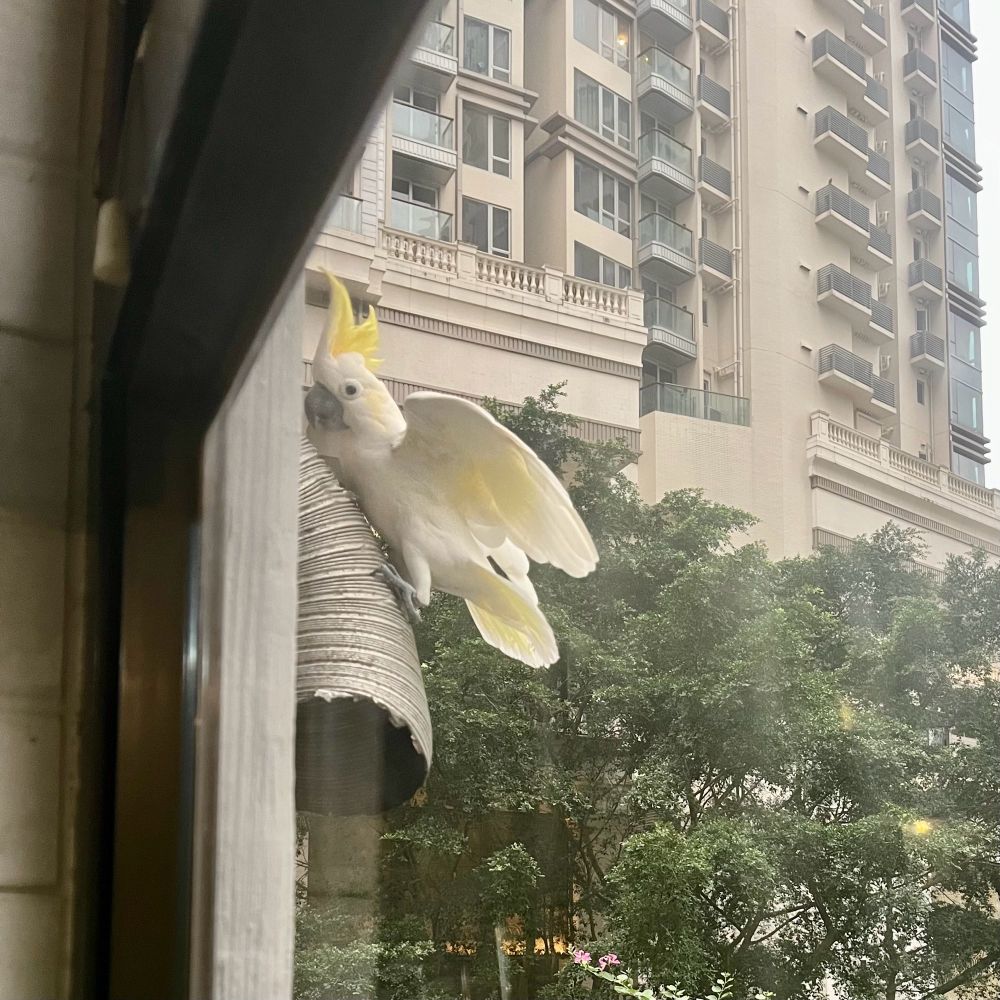
Here's a new species to science to say hello: a desert-island woodlouse known from inside turtle nests..! From recent work on remote Ascension Island 🏝️
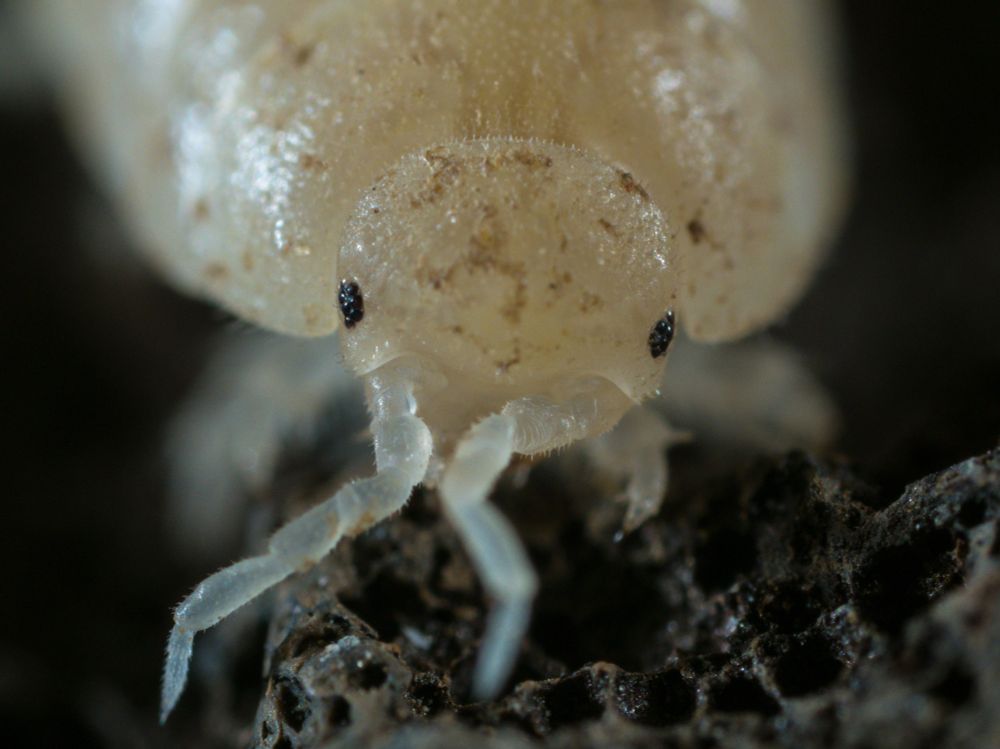
Here's a new species to science to say hello: a desert-island woodlouse known from inside turtle nests..! From recent work on remote Ascension Island 🏝️

